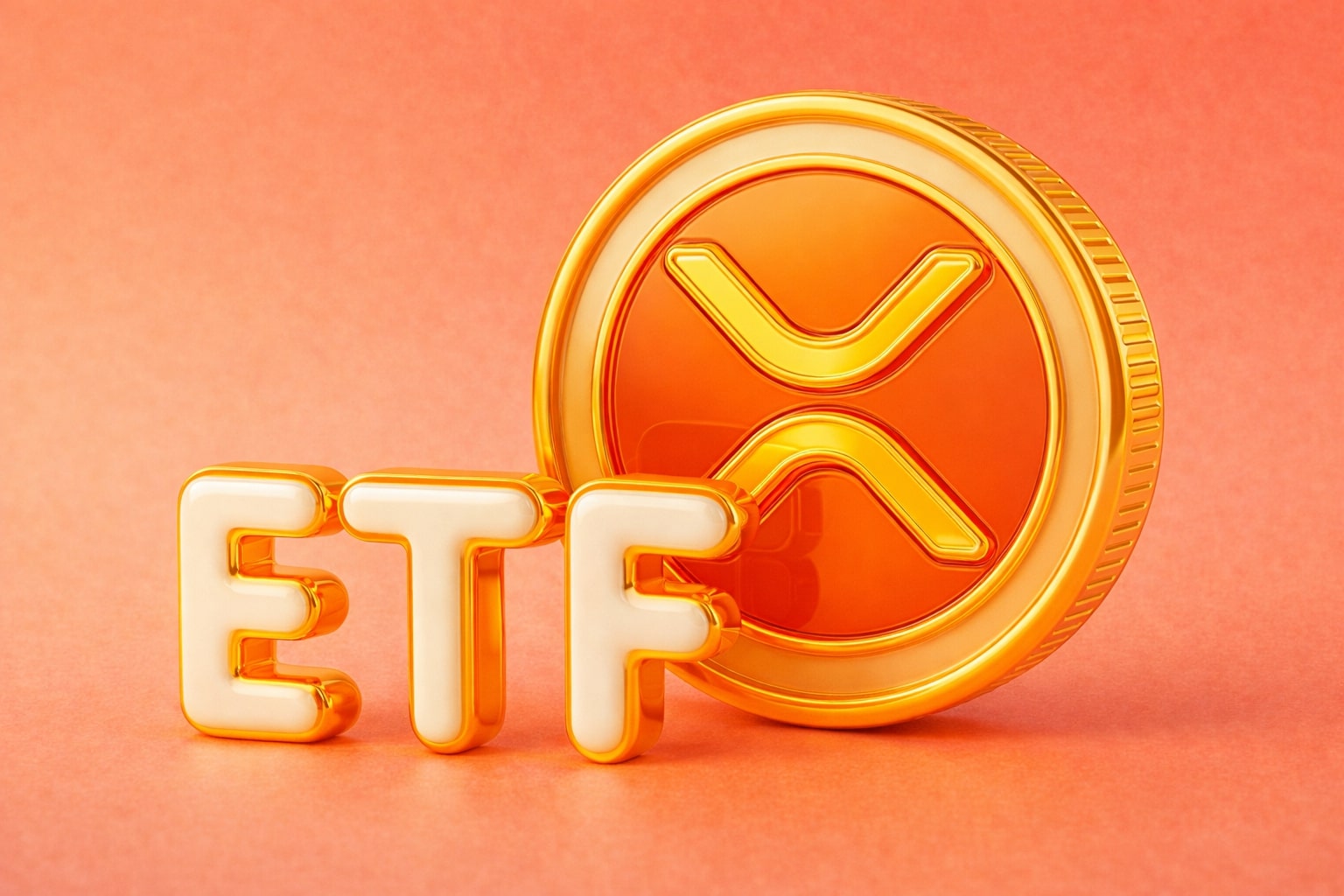
Ethereum Price (ETH-USD) Holds $4,477 as ETF Demand and Fed Risks Shape Next Breakout
ETH supply hits 9-year lows while ETF inflows and stablecoin adoption drive momentum, but whale sales and Fed policy keep $5,000 resistance in focus | That's TradingNEWS
Ethereum (ETH-USD) Consolidates Below $4,500 as Institutional Demand and Regulatory Shifts Redefine Its Trajectory
Ethereum (ETH-USD) is trading at $4,477, hovering just beneath the $4,500 resistance zone, and despite a brief 1.08% decline earlier in the week to $4,415.95, institutional inflows and tightening supply dynamics point to an asset under accumulation rather than distribution. With a market capitalization of $533.02 billion and 24-hour turnover of $42.82 billion, Ethereum maintains its dominance as the world’s leading smart contract platform. Analysts are weighing whether ETH can decisively break resistance and extend toward $5,000, with longer-term projections from major banks such as Standard Chartered placing year-end targets at $7,500 and multi-year forecasts stretching as high as $25,000 by 2028.
Institutional Positioning and ETF Inflows Support ETH Price
Wall Street desks have stepped up their allocations, with spot Ethereum ETFs recording over $3 billion in inflows during August 2025, surpassing Bitcoin ETF flows over the same period. Since June, institutions including Bitmine Immersion Technologies and Sharplink Gaming have collectively purchased more than 2 million ETH, driving ETH decisively back above the $4,000 threshold. This accumulation trend coincides with a nine-year low in exchange balances, now standing at 14.88 million ETH, underscoring a shift toward long-term custody. Over the past week, investors have added roughly 470,000 ETH ($211 million), signaling quiet but steady accumulation.
Ethereum vs Bitcoin: ETH/BTC Ratio Signals a Structural Shift
Ethereum’s relative strength against Bitcoin has emerged as a defining theme. The ETH/BTC ratio has climbed above its 365-day moving average, a technical confirmation of a bullish cycle for Ethereum. Spot ETH ETFs now hold a ratio of 0.15 ETH per BTC, up sharply from 0.05 three months ago, while perpetual futures open interest relative to Bitcoin has risen from 0.57 to 0.78. This tilt in derivatives and ETF flows shows capital rotating into ETH as traders increasingly favor Ethereum over Bitcoin for exposure to the next leg of the digital asset cycle.
Regulatory Tailwinds: The GENIUS Act and Stablecoin Dominance
The passage of the U.S. GENIUS Act in July provided Ethereum with a significant legal advantage. Over 50% of stablecoins, which now account for 40% of all blockchain transaction fees, operate on Ethereum’s rails. With regulatory clarity driving mainstream adoption of stablecoins, Ethereum effectively becomes the base layer of digital dollar infrastructure. This tailwind adds durability to fee revenues, with Layer 2 scaling capturing spillover demand. Developers are targeting a 10x throughput increase, which would allow ETH to handle high-value institutional payments while still skimming transaction fees from L2 ecosystems.
Volatility, Payroll, and Real-World Adoption
Ethereum’s price swings remain a critical challenge for businesses adopting crypto payments. At $4,743 on August 14, ETH nearly matched its all-time high of $4,891 before retreating to $4,500. For startups and SMEs paying salaries in ETH, this volatility introduces compliance headaches under the EU’s MiCA framework, where wages must meet stable minimums. Some firms are adopting hybrid payroll models, splitting salaries across fiat, stablecoins, and ETH. The rise of crypto payroll, particularly in the tech sector, shows growing adoption despite volatility, with strategies such as stablecoin hedging and payroll software integration mitigating regulatory risks.
Signs of Selling Pressure Amid Whale Activity
Despite accumulation trends, selling pressure is emerging. Daily ETH inflows to exchanges have spiked, surpassing Bitcoin inflows, suggesting that some holders are preparing to take profits. A whale recently unstaked 10,819 ETH (~$20.6M) after 1.5 years, pocketing $2.48M in staking rewards and sending funds to Kraken. While this introduces short-term selling pressure, it also highlights long-term conviction, as large-scale holders are still comfortable with multi-year stakes. Trading volume has surged, with ETH’s spot volume ratio to BTC spiking to 1.66, the highest since 2017.
Technical Outlook: Resistance at $4,500, Path to $5,000
Ethereum’s technical structure remains constructive. Price is consolidating in an ascending channel, with immediate support at $4,435 (50-SMA). As long as this level holds, momentum indicators are aligned for a push higher. RSI is stable at 57, avoiding overheating, while MACD signals a pending bullish crossover. A confirmed breakout above $4,610 opens the door to targets at $4,795 and $4,965, while a clean reclaim of $4,749 would pave the way for a psychological test of $5,000. Conversely, failure to hold $4,435 exposes ETH to $4,200 and $4,000, a retracement that would weaken near-term momentum but not erase the broader uptrend.
Long-Term Price Projections: Diverging Analyst Views
Analyst forecasts diverge widely. Standard Chartered’s Geoff Kendrick raised his year-end target to $7,500 and a 2028 projection of $25,000, citing institutional adoption, staking yield demand, and regulatory clarity. Fundstrat’s Tom Lee went further, forecasting $15,000 by December 2025, pointing to accelerating adoption curves and ETH’s role as programmable money. Meanwhile, skeptics like Canary Capital’s Steven McClurg dismiss Ethereum as “older technology,” favoring faster chains like Solana, though this view stands at odds with Ethereum’s unmatched developer ecosystem and dominance in DeFi, NFTs, and stablecoins.
Verdict: Ethereum’s Risk-Reward Setup
Ethereum at $4,477 presents a paradox. Short-term risks include selling pressure from whales and exchange inflows, alongside regulatory burdens for SMEs using ETH in payroll. Yet macro factors — institutional accumulation, ETF inflows above $3B, stablecoin dominance, and a tightening supply base — form the strongest long-term backdrop in ETH’s history. The balance of evidence suggests ETH remains bullish, with upside toward $5,000 in the near term and scope for a breakout toward $7,500–$10,000 if institutional flows persist into year-end. Based on current positioning, ETH-USD is a buy, with volatility offering entry points for long-term accumulation.
That's TradingNEWS
Read More
-
UCO ETF Price Forecast: Can NYSEARCA:UCO at $18.57 Ride a 2026 Oil Squeeze?
18.12.2025 · TradingNEWS ArchiveStocks
-
XRPI at $10.50 and XRPR at $14.93 Hit XRP ETF Lows While XRP-USD Holds $1.84 After 30 Days of Inflows
18.12.2025 · TradingNEWS ArchiveCrypto
-
Natural Gas Price Forecast: Henry Hub Holds Around $4 as EIA Draw Hits 167 Bcf
18.12.2025 · TradingNEWS ArchiveCommodities
-
USD/JPY Price Forecast: Pair Holds Above 155 As BoJ And US CPI Set Up A Major Break
18.12.2025 · TradingNEWS ArchiveForex

















